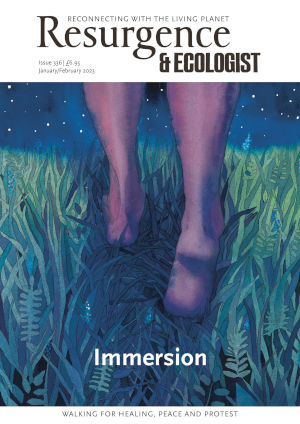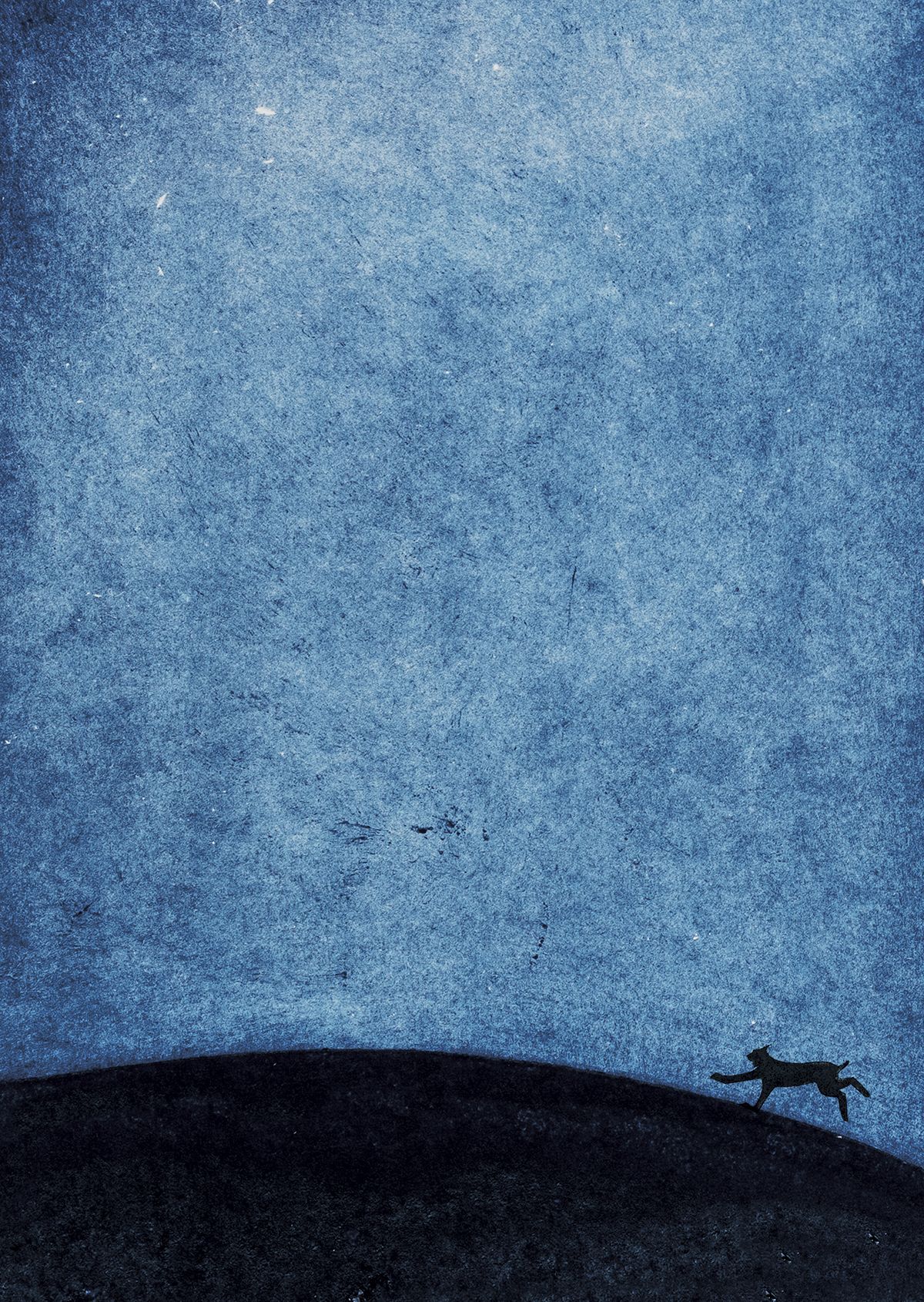My parents have often told me that what they remembered most clearly, as the lynx stepped onto the side of the road and into the night, were the sharply pointed ears and the tufts above them, as the beams of their car headlights swung across him.
Ten years later, in 2002, there were just 94 Iberian lynx left in the wild. Much of their habitat had been lost to agriculture and tourism, and their prey, rabbits, drastically reduced by myxomatosis. Today most lynx are killed by cars. And had action not been taken, the lynx would have been the first big cat to become extinct in Europe since the sabre-toothed tiger.
The story of the Iberian lynx is one of the sixty-nine I included in The Book of Vanishing Species. Through conservation and awareness campaigns, there are now 1,365 Iberian lynx. This is a wonderful example of what can be done.
When I began working on the book, it was thought that there were 20 vaquitas left. In the three years to publication, their numbers have halved. A recent study by UCLA suggests that they are better at resisting the effects of a diminished gene pool than most other species and could recover, but only if gillnet fishing is abandoned in the small area of the Gulf of Mexico reserved for them. If it is not, the enchanting vaquita – the smallest cetacean in the world – will be no more than a memory, as hazy as the lynx imparted to my mind by my parents’ story.








